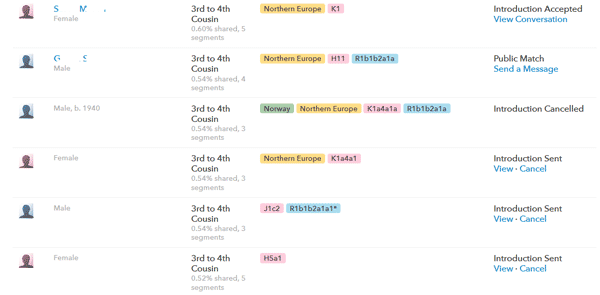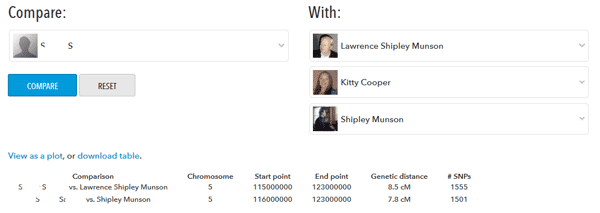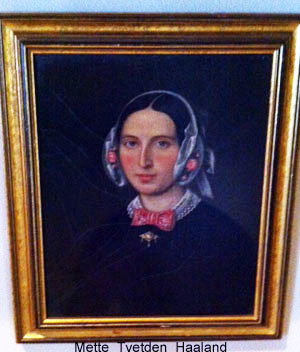Maybe you have had great luck with people responding to your shares on 23andme but most of us have at best 30% of our share requests accepted (of 1800 DNA relatives my Dad has 338 shares and 40 introduction accepted so just under a 20% acceptance rate). This is especially frustrating when someone is clearly a close relative and does not respond. Of course some of the reason for the lack of response is that the default setting on 23andme is to not send emails when there are messages in the inbox. Fortunately the occasional email from 23andme about new relatives or news does get some of them to log in and see the invites. I always get several acceptances from old shares after one of those broadcast emails.
Yes I can hear those of you who have tested at familytree DNA laughing and say well we can see the shared DNA. But you also may never hear back from some of the most promising leads who do not have much of a tree posted and more importantly you cannot compare people you match with each other which we can do with our shares. There are pluses and minuses to each testing company.
Below are a few of my closest non accepting DNA relatives. S M is public and accepted contact but not sharing. G S is public and responded to a message asking if he was related to my S family from Etne with a no, but has not shared. I made an error on the 3rd introduction to one relative and now can no longer contact them, at least from this account.
So for those of us using 23andme I will use these matches as a case study on how to find the DNA segments where they match my Dad using “Countries of Ancestry.” This only works if your relative has entered the countries of origin for their parents and grandparents.
First a little known trick, you can download a CSV of all your DNA relatives by clicking the Download button on the top right of the page when on the DNA relatives page.



